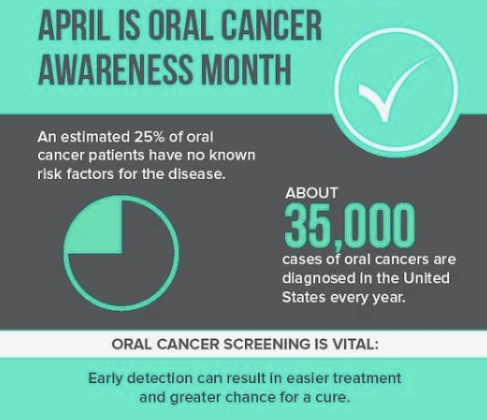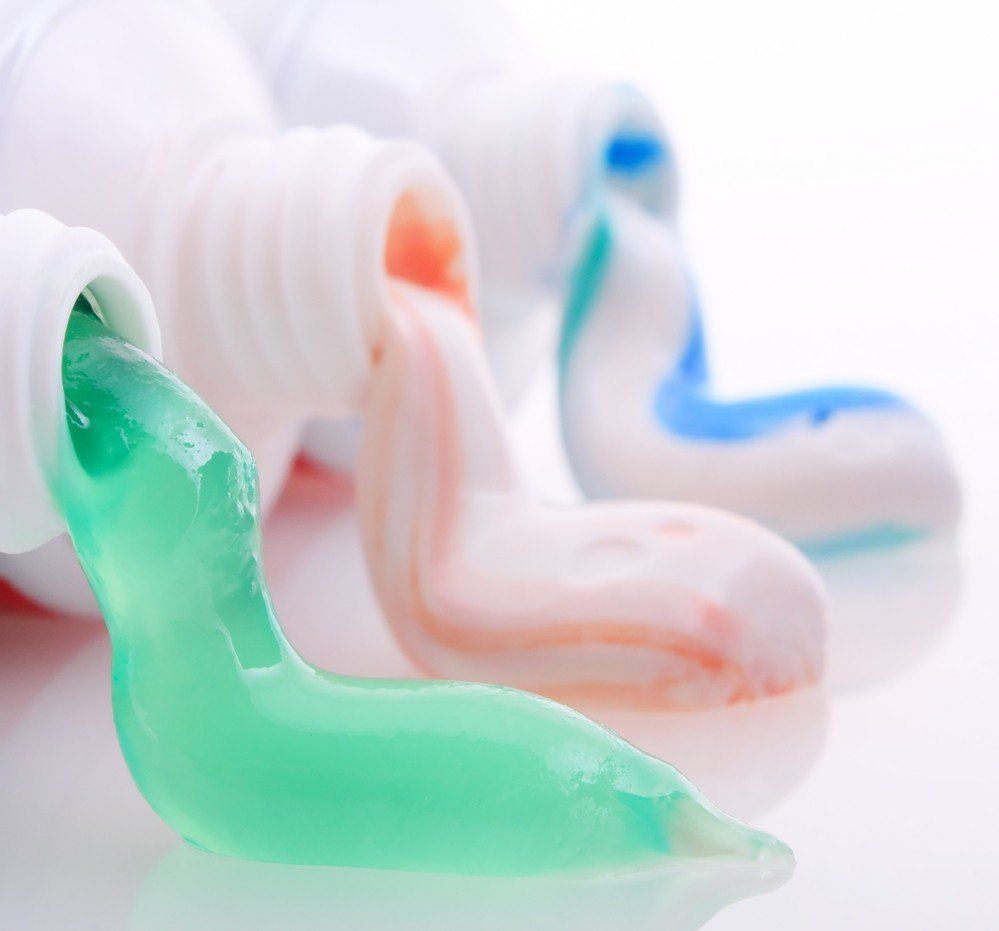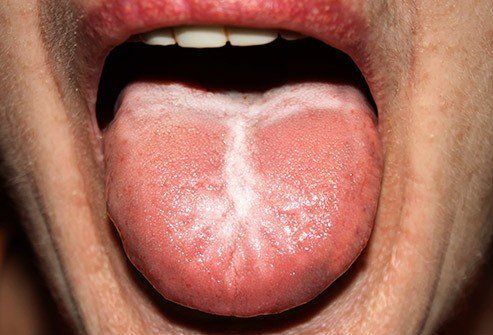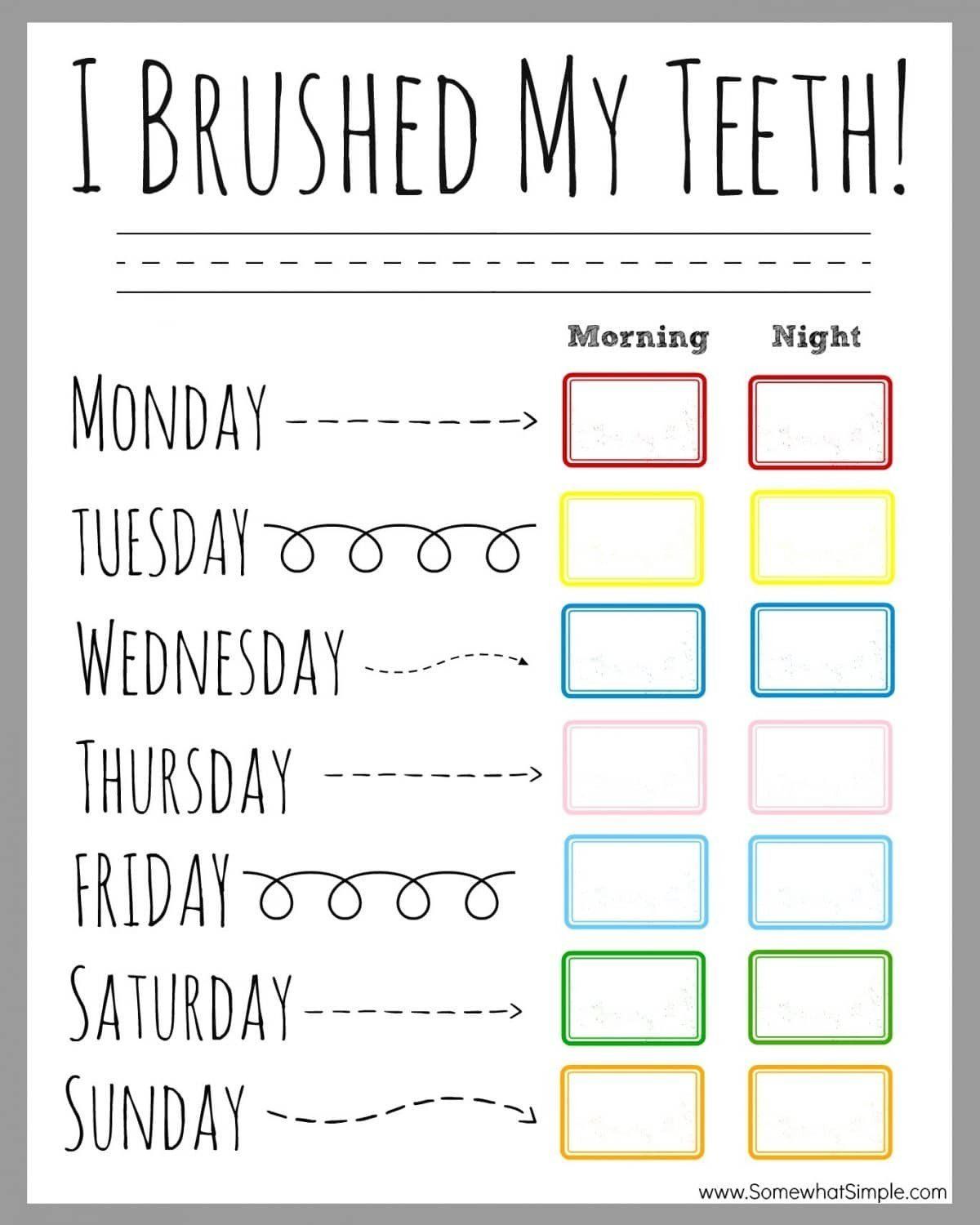Children acquire cariogenic bacteria from inside and outside the family
- By Joel Snyder
- •
- 13 Sep, 2016
- •
BOSTON, USA: Previous studies have shown that children acquire cariogenic pathogens, like Streptococcus mutans, mainly from their mothers through interpersonal contact, such as the sharing of cutlery or kissing each other on the lips. However, new research has now suggested that intra- and extra-familial sources other than maternal also play a part in the transmission of S. mutans, the primary bacterium associated with dental caries.
S. mutans is considered to be transferred between humans. Children typically have more than one strain of the pathogen and share at least one of these strains with their mother or a family member. However, 72 percent of children in the current study had one or more S. mutansstrains that were not found in participating household members. Therefore, the researchers suggested that these strains came from outside the home, possibly from other children in the population.
“While the prevailing theory on S. mutans transmission suggests mother-to-child transmission as the primary route of infection, in this study 40 percent of children shared no strains with their mothers,” said study author Stephanie Momeni, a doctoral candidate in the Department of Biology at the University of Alabama at Birmingham in the U.S. Interestingly, 22.8 percent of the children shared 37 strains only with another child in the household (siblings or cousins), demonstrating another dimension of inter-familial transmission.
In total, the researchers evaluated 13,145 S. mutans isolates from 119 African-American children and from at least one family member living in the same household, since not all family members chose to participate in the study in each case. More than one family member was evaluated for 76 percent of the children, with an average of 3.24 family members per child, including extended family. Aside from participating family members, the study evaluated S. mutans isolates of interacting children.
“While the data supports that S. mutans is often acquired through mother-to-child interactions, the current study illuminates the importance of child-to-child acquisition of S. mutans strains and the need to consider these routes of transmission in dental caries risk assessments, prevention and treatment strategies,” Momeni stated.
According to the researchers, further analysis with an alternate bacterial typing method is needed to confirm these findings. They presented the results of their study, titled “Evidence for horizontal transmission of streptococcus mutans among children and their family members by Rep-Pcr,” at the American Society for Microbiology Microbe meeting in Boston on June 17.
Article Originally Posted on: http://www.dental-tribune.com/articles/news/americas/29845_children_acquire_cariogenic_bacteria_from...

Contact us!
https://www.fabuloussmilesdental.com/contact

ADA Approval
First, make sure you choose a product approved by the American Dental Association and displaying the seal on its packaging. There are plenty of fluoride-free, organic, and all natural options tested by the ADA for both safety and effectiveness at keeping the teeth clean. Products without these seals have not necessarily been tested for their claims and quality, so you’re gambling with the health of your mouth by using them.
Focus on Needs
Consider what your teeth need the most to choose a toothpaste with the right extras. Whitening toothpaste can’t always replace professional whitening from a dentist, but it does work to prevent surface stains that cause your white smile to lose its brightness after treatment. Most toothpastes tend to target one of more of the following conditions or needs:
- Sensitivity, in the gums and teeth, from mild to severe pain
- Fluoride products are essential for kids, adults who don’t get enough of it in their diet, and people with diabetes and many other conditions
- Anti-cavity, which most products cover but which should always be checked
- Anti-gingivitis, ranging from over the counter to prescription products for healthier gums.
Watch Out!
There are a few products you don’t want to use on your teeth, and they’re often sold as cosmetic products rather than medically tested toothpaste. Any whitening toothpaste with a very abrasive ingredient, ranging from natural walnut shell to plastic microbeads, can leave your teeth with enamel damage that is permanent and hard to treat. Activated charcoal powders can also discolor teeth along with eroding your enamel. Look for toothpaste products that reinforce enamel rather than damaging it.
Picking a Toothbrush
Of course, the toothpaste still needs to be applied to the teeth with the right tools to effectively protect you from cavities and gum disease. The wrong toothbrush can damage your enamel, scratch your gums, or fail to remove trapped food from between your molars. Only use soft bristled brushes unless given advice from your dentist to the contrary. For most people, stiff bristles are too hard for their gums. The tip of each bristle should be rounded and not pointed or square so that food debris and tartar comes loose with each sweep. Replace your brush every three months even if it still looks new and fresh since bacteria can build up over time.
Need more advice about what to do to take care of your teeth? Make an appointment with your dentist for a routine cleaning or a timely inspection. You can discuss your concerns without feeling rushed and determine if your current oral health practices are sufficient for keeping your smile bright, healthy, and strong.

Creamy white spots could be thrush, a fungal infection (shown below). It often happens after an illness or medications throw off the balance of bacteria in your mouth. White patches that look lacy could be lichen planus, which means your immune system is attacking the tissues in your mouth. If you see hard, flat, white areas that can’t be scraped away, it could be leukoplakia, which is linked to cancer. Let your dentist know about any white patches you see.


